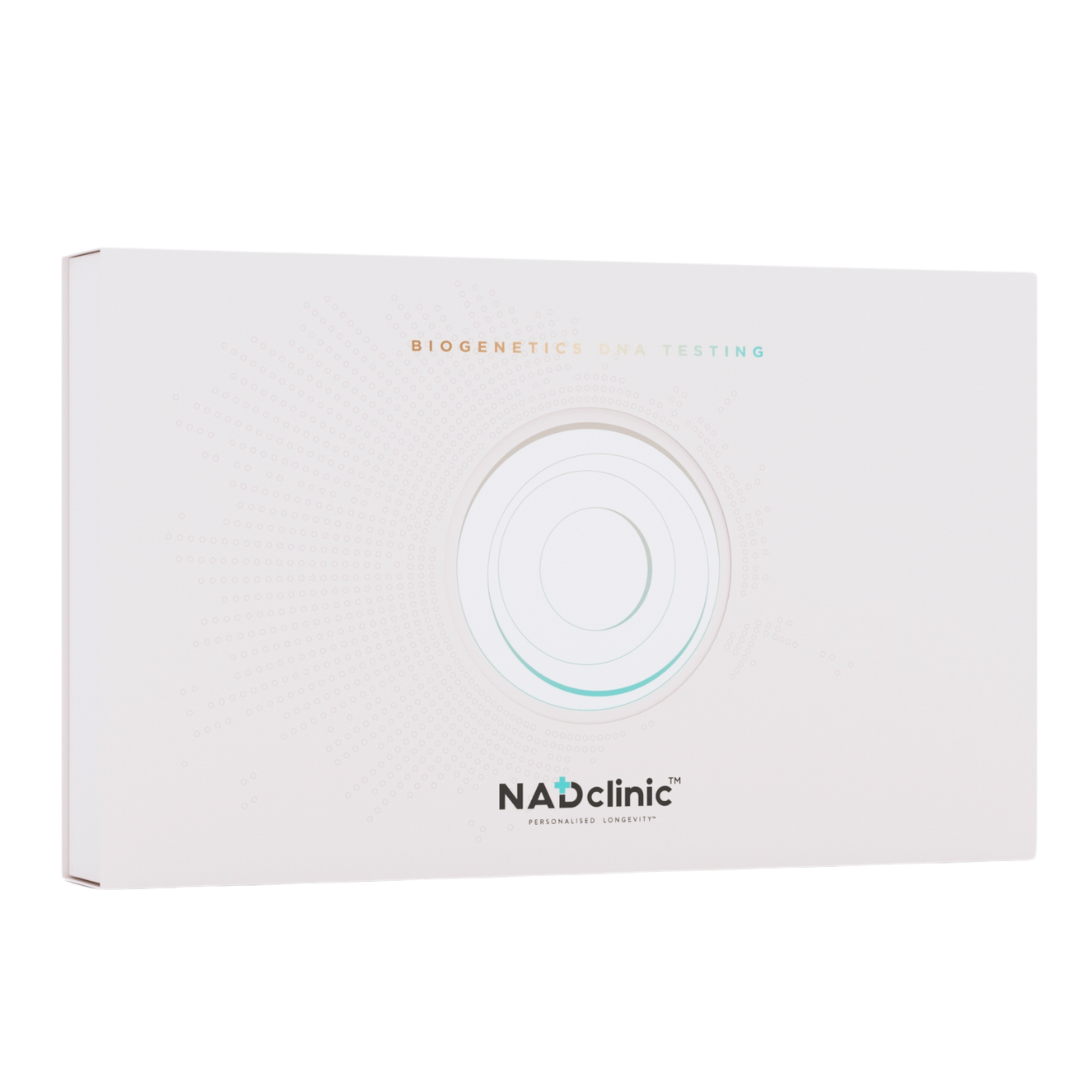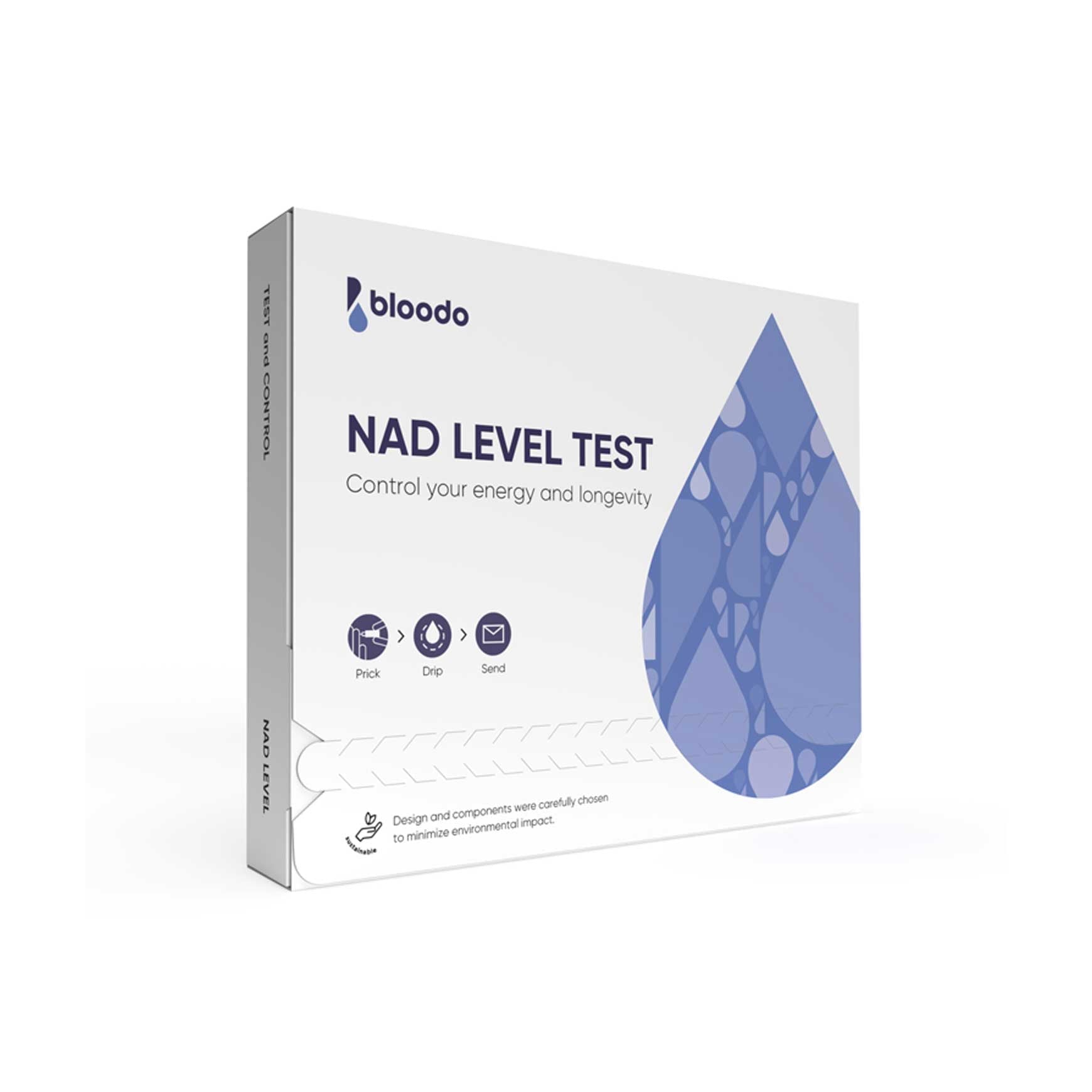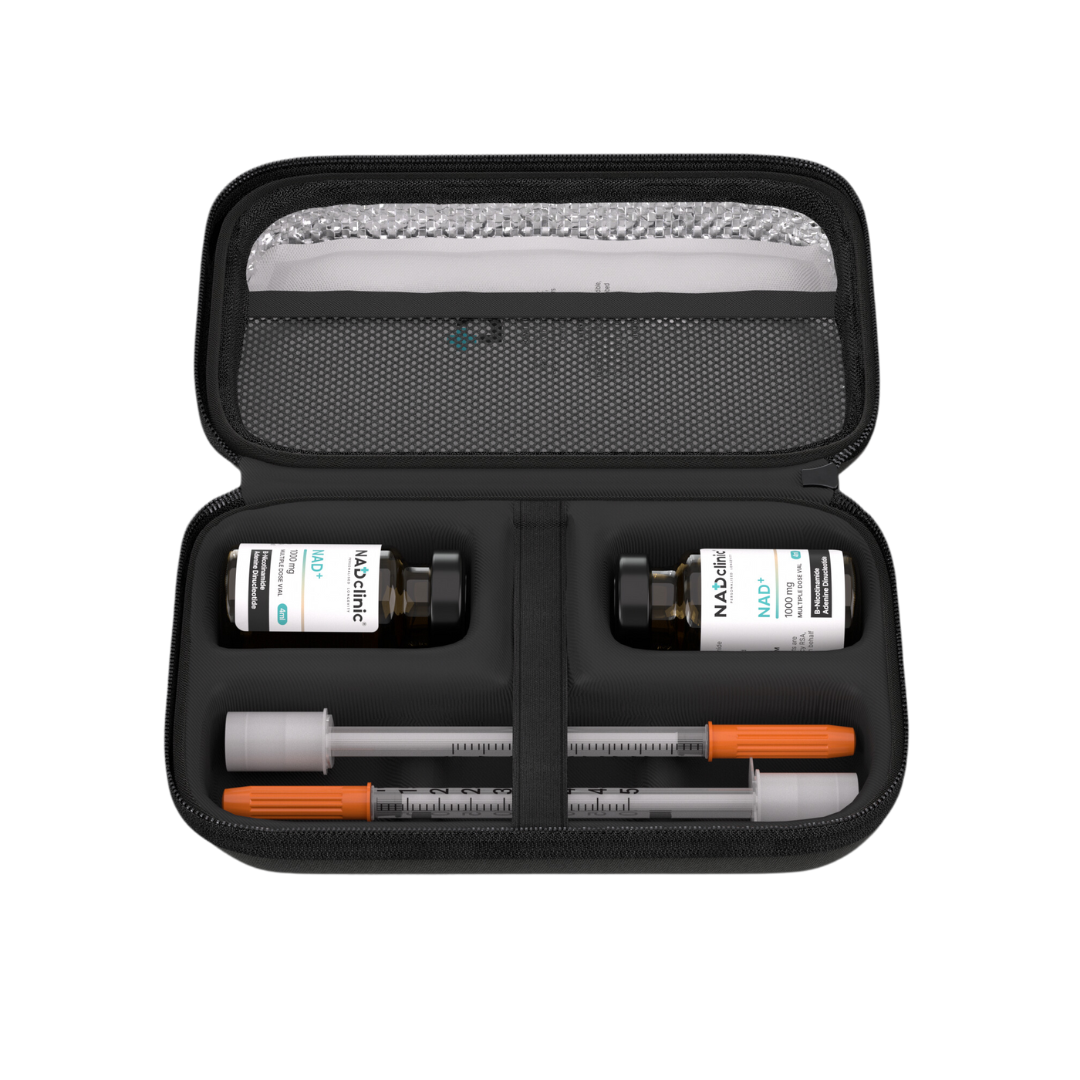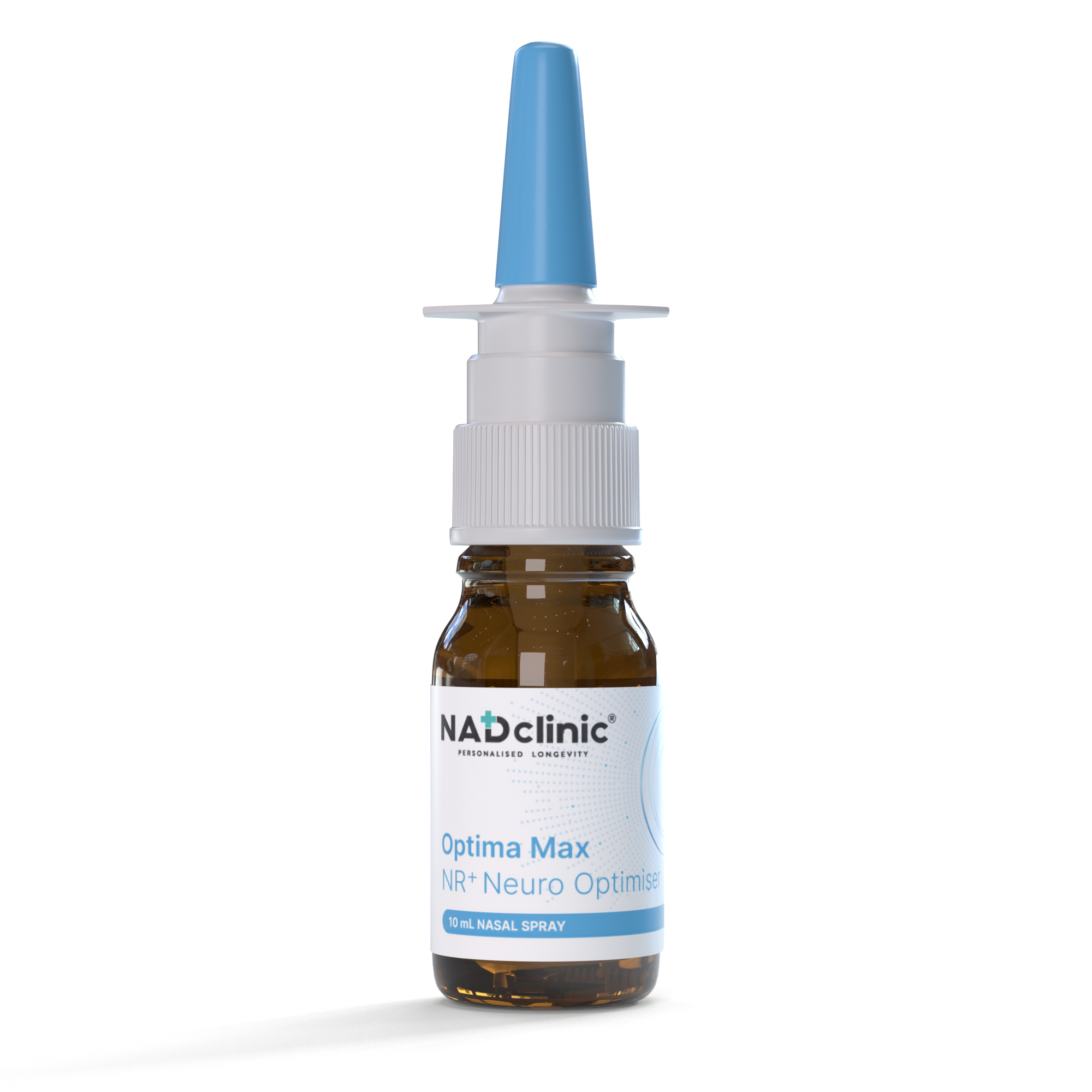NAD+ Benefits
Improved Cellular Repair: NAD+ supports DNA repair and helps maintain cellular health.
Enhanced Energy Production: NAD+ is essential for converting nutrients into energy, which can improve overall energy levels.
Anti-Aging Effects: Some studies suggest NAD+ can promote longevity by activating sirtuins, which are proteins involved in aging regulation.
Cognitive Support: NAD+ may enhance brain function and mental clarity by supporting neuronal health.
Better Mood and Mental Health: NAD+ has been linked to improved mood and reduced symptoms of depression.
Support for Metabolic Health: It may assist in regulating metabolism and insulin sensitivity.
Get your NAD+
Browse our full range of NAD+ products
NAD+ Nghiên cứu
Nhấp vào liên kết để đọc nghiên cứu chi tiết.

















